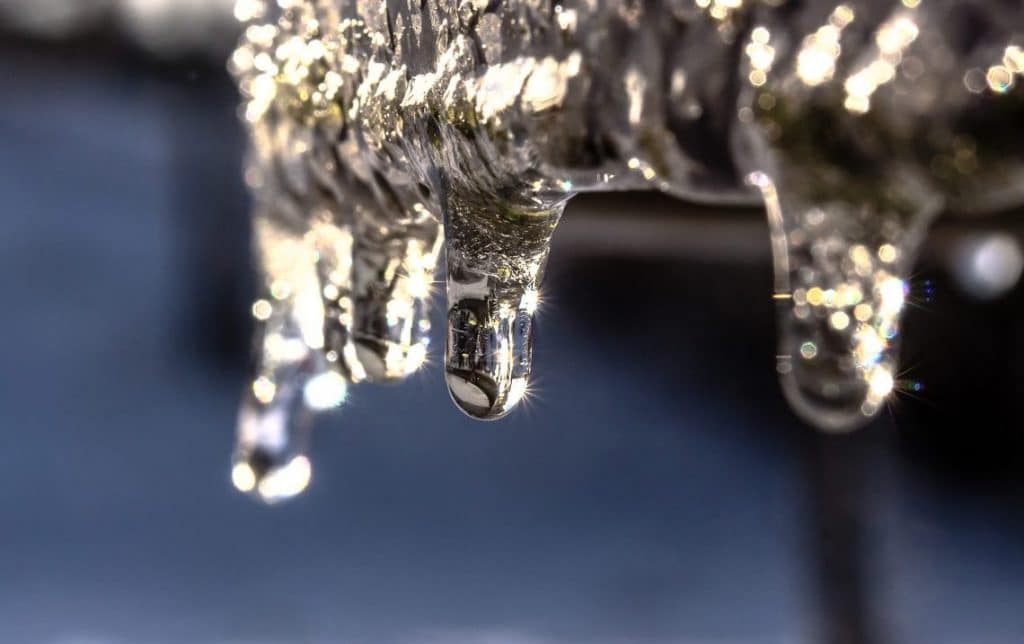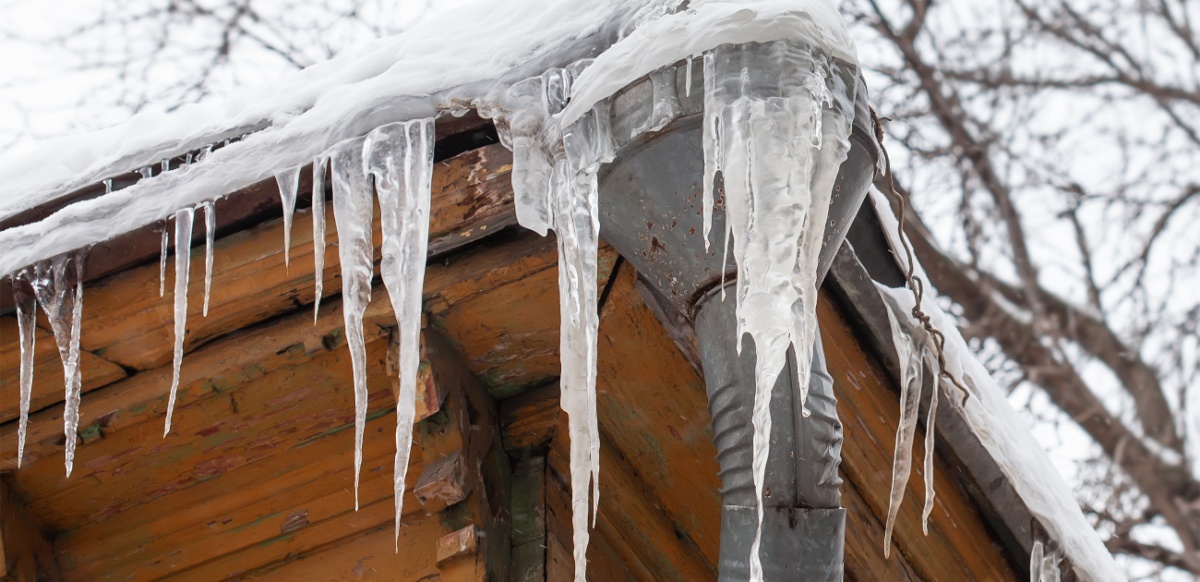This article listed below on the subject of How to Prevent Your Pipes From Freezing is seriously interesting. You should look it over.

Winter can wreak havoc on your plumbing, specifically by freezing pipelines. Below's exactly how to prevent it from happening and what to do if it does.
Introduction
As temperatures drop, the risk of icy pipelines boosts, potentially resulting in expensive repair work and water damage. Comprehending how to stop frozen pipes is vital for homeowners in cool climates.
Understanding Icy Pipes
What triggers pipes to ice up?
Pipelines freeze when subjected to temperature levels listed below 32 ° F (0 ° C) for extended durations. As water inside the pipes ices up, it expands, putting pressure on the pipeline wall surfaces and possibly creating them to break.
Risks and damages
Icy pipelines can cause water supply disturbances, residential property damage, and expensive fixings. Ruptured pipes can flooding homes and create substantial structural damage.
Signs of Frozen Water Lines
Recognizing frozen pipes early can avoid them from breaking.
How to recognize icy pipes
Seek decreased water flow from taps, unusual smells or sounds from pipelines, and noticeable frost on revealed pipelines.
Avoidance Tips
Shielding at risk pipes
Cover pipes in insulation sleeves or utilize warm tape to shield them from freezing temperatures. Focus on pipelines in unheated or outside locations of the home.
Home heating strategies
Keep indoor areas effectively heated up, especially areas with plumbing. Open up closet doors to permit warm air to flow around pipelines under sinks.
Protecting Outside Pipes
Yard hose pipes and outdoor taps
Disconnect and drain garden pipes before winter season. Mount frost-proof spigots or cover outdoor faucets with protected caps.
What to Do If Your Pipes Freeze
Immediate actions to take
If you believe frozen pipelines, maintain faucets open up to alleviate stress as the ice melts. Use a hairdryer or towels soaked in warm water to thaw pipelines slowly.
Long-Term Solutions
Structural adjustments
Take into consideration rerouting pipelines away from exterior wall surfaces or unheated locations. Include additional insulation to attics, basements, and crawl spaces.
Upgrading insulation
Invest in top quality insulation for pipes, attic rooms, and wall surfaces. Proper insulation assists preserve regular temperature levels and minimizes the threat of icy pipelines.
Verdict
Protecting against icy pipes requires proactive steps and fast feedbacks. By understanding the causes, indicators, and safety nets, house owners can protect their pipes during winter.
5 Ways to Prevent Frozen Pipes
Drain Outdoor Faucets and Disconnect Hoses
First, close the shut-off valve that controls the flow of water in the pipe to your outdoor faucet. Then, head outside to disconnect and drain your hose and open the outdoor faucet to allow the water to completely drain out of the line. Turn off the faucet when done. Finally, head back to the shut-off valve and drain the remaining water inside the pipe into a bucket or container. Additionally, if you have a home irrigation system, you should consider hiring an expert to clear the system of water each year.
Insulate Pipes
One of the best and most cost-effective methods for preventing frozen water pipes is to wrap your pipes with insulation. This is especially important for areas in your home that aren’t exposed to heat, such as an attic. We suggest using foam sleeves, which can typically be found at your local hardware store.
Keep Heat Running at 65
Your pipes are located inside your walls, and the temperature there is much colder than the rest of the house. To prevent your pipes from freezing, The Insurance Information Institute suggests that you keep your home heated to at least 65 degrees, even when traveling. You may want to invest in smart devices that can keep an eye on the temperature in your home while you’re away.
Leave Water Dripping
Moving water — even a small trickle — can prevent ice from forming inside your pipes. When freezing temps are imminent, start a drip of water from all faucets that serve exposed pipes. Leaving a few faucets running will also help relieve pressure inside the pipes and help prevent a rupture if the water inside freezes.
Open Cupboard Doors
Warm your kitchen and bathroom pipes by opening cupboards and vanities. You should also leave your interior doors ajar to help warm air circulate evenly throughout your home.

As a passionate reader about Winter Plumbing Precautions: Preventing Frozen Pipes, I think sharing that excerpt was worthwhile. If you appreciated our article kindly make sure you remember to pass it around. Kudos for your time. Revisit us soon.
Call Today